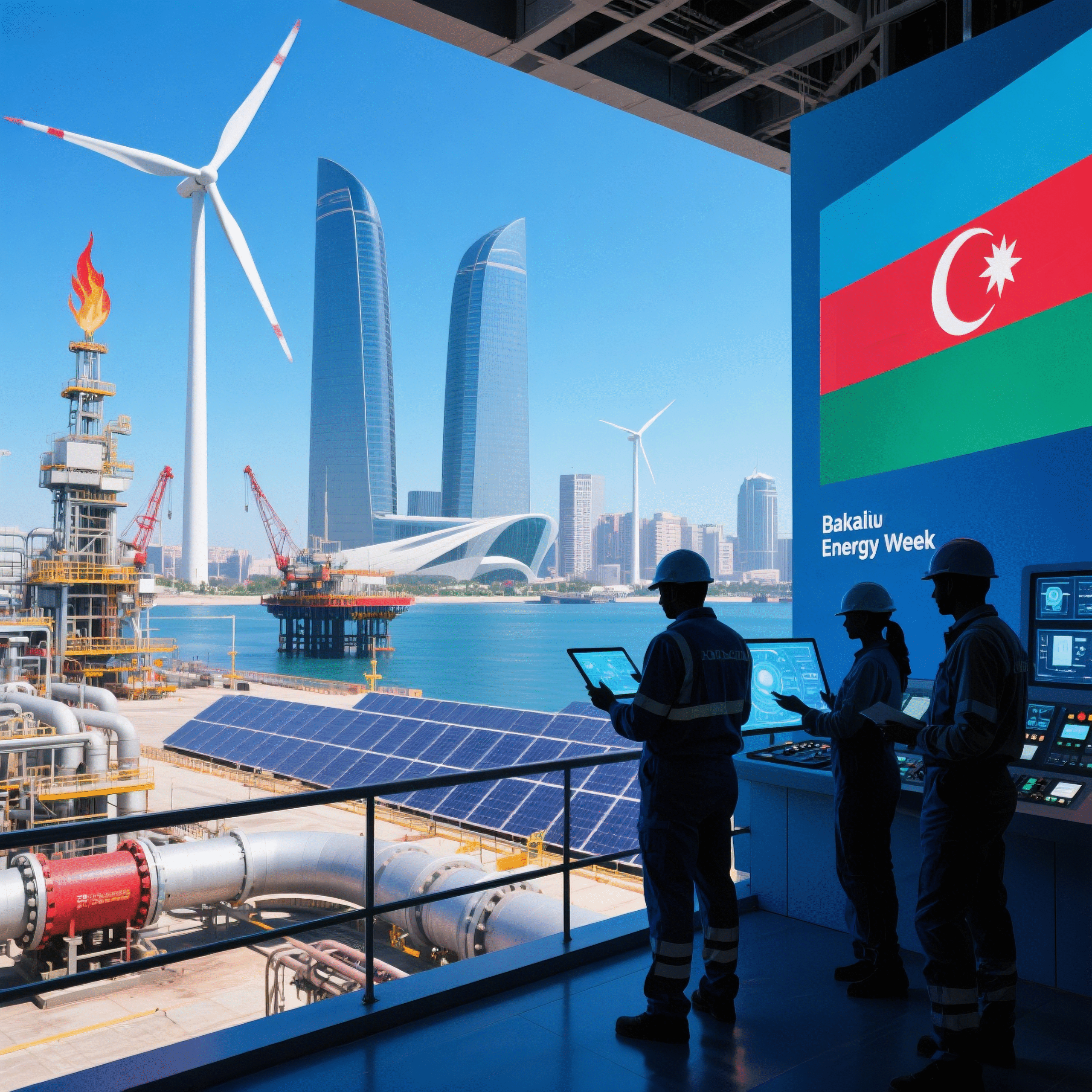
The global energy landscape is undergoing a profound shift. Climate imperatives, geopolitical tensions, and technological innovation are reshaping how countries produce, consume, and govern energy. As of 2025, leaders in government and industry are tasked with balancing the urgent need for decarbonization against economic development and energy security.
But how can energy policy evolve responsibly in such a volatile environment?
This blog explores the strategic approaches nations and global organizations are adopting to navigate the energy transition while maintaining growth and resilience.
Global energy policy refers to the frameworks, regulations, and strategic decisions that govern the production, distribution, and consumption of energy across borders. These policies aim to:
Energy policy is now shaped by a diverse set of interlinked pressures:
With nearly 200 countries party to the Paris Agreement, the race to cut greenhouse gas emissions is intensifying. Policies increasingly favor renewables, electrification, and decarbonization.
Global conflicts and resource nationalism have highlighted the fragility of fossil fuel supply chains. Nations are reassessing dependencies on imported oil and gas.
Entities like the International Energy Agency (IEA), the United Nations Framework Convention on Climate Change (UNFCCC), and oil-focused groups such as OPEC+ shape the discourse and practice of global energy governance.
By coordinating production levels, setting benchmarks, and promoting investment, such organizations influence everything from oil